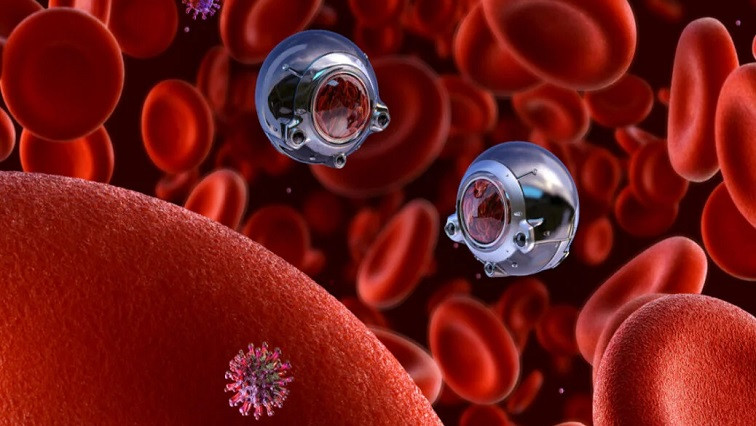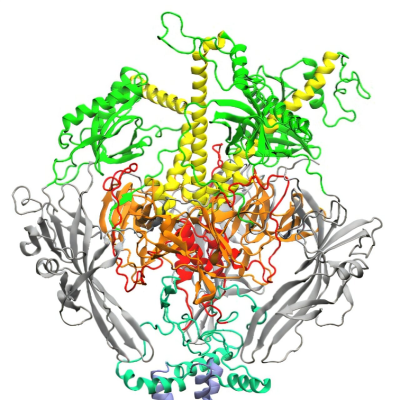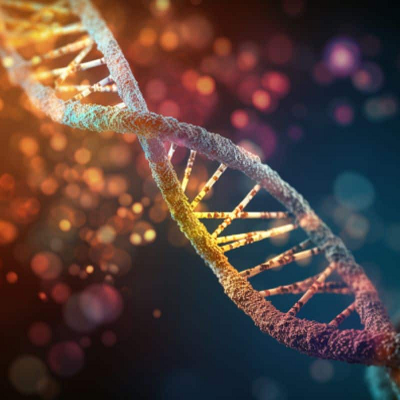FDA regulation of nanotechnology
Historically, nanotechnologies in medicine have followed the 510(k) US Food and Drug Administration (FDA) regulatory pathway in a manner similar to other medical devices. However, this pathway led to complications when trying to gain approval, since there was no specific category for these types of products. In 2018, the FDA announced that it would expand the 510(k) programme to take into consideration the opinion of other organisations, such as the Nanotechnology Characterisation Lab and the Nano Task Force.
While this change has the potential to streamline the approval pathway for nanotechnologies in medicine, GlobalData expects the approval of new nanomedicines in 2020 to slow down as the FDA shifts its focus to the approval of diagnostics and therapies for the SARS-CoV-2 virus.
Government and regulatory agencies
While North America dominated the market in 2020, accounting for the largest share, GlobalData expects that government funding for new nanomedicines will increase again in 2022, as national budgets and economies recover from the Covid-19 pandemic.
Patents and intellectual property (IP)
The design of new nanomedicines sometimes involves the use of a previously existing nanotechnology or drug. This can potentially result in ambiguity when determining if a new nanomedicine is indeed novel. In some cases, licensing agreements might be required between companies for the approval of nanomedicines to occur. As such, clear definitions on what satisfies the requirements for a new patent are required. This industry is unique, as it combines the fields of medical devices and pharmaceuticals.
Therefore, patent officers with expertise in these fields would be a benefit to the industry and improve rates of commercialisation. GlobalData expects the number of new patents and IP for nanomedicines in 2021 to rise, while patents and IP for Covid-19-related therapies decrease, as companies divert resources away from Covid-19-related R&D.
This is an edited extract from the Nanotechnology in Medicine – Thematic Research report produced by GlobalData Thematic Research.
Read the original article on Medical Device Network.







